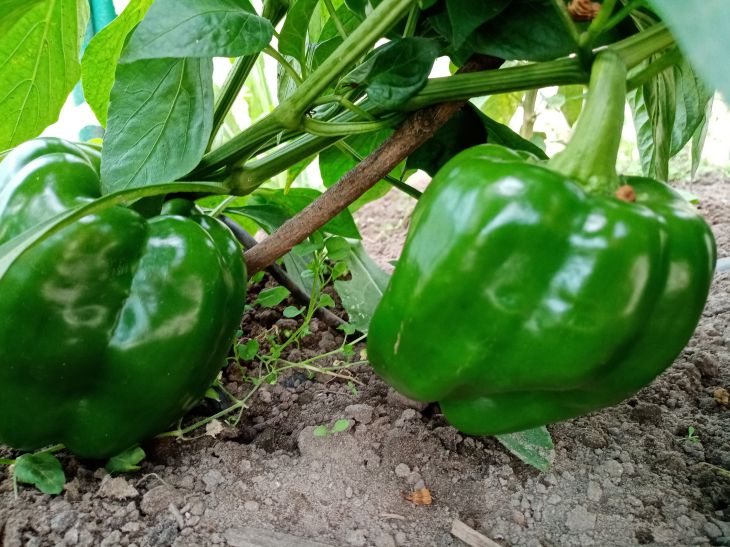Six reasons to be left without a pepper harvest: what gardeners do wrong
Gardeners have every chance of being left without a pepper harvest, even if strong seedlings were transplanted into open ground or a greenhouse.
In such situations, something is usually overlooked, which results in the absence of the desired result. Here are six reasons why you will be left without a pepper harvest.
Light
If peppers are planted in the shade, they will begin to stretch out and then fall in the wind. In this case, you can not expect ovaries. Peppers also do not tolerate dense planting. It is better to adhere to the scheme of 25 cm interval and 60 cm distance between rows.
Depth
Peppers are transplanted to the same depth at which they grew in a pot or box as seedlings. Deepening the root collar can provoke the stretching of plants, or the growth of the plant will slow down.
Support
During rain and strong wind, the bushes can be uprooted if they fall. Pepper varieties and hybrids are tied up, especially those that are growing rapidly.

Loosening
The soil under the pepper is loosened once every 2 weeks, shallowly and trying not to damage the roots. Alternatively, you can mulch the bed with straw in a layer of 7-10 cm.
Top dressing
Fertilizers are applied to open ground once a week. The composition should include nitrogen and potassium, and there should be less phosphorus. Excess fertilizers and fresh manure are dangerous for this crop.
Pollination
This is a self-pollinating plant, but cross-pollination is possible, especially if different varieties are grown nearby.

